“The Conjuring: The Devil Made Me Do It” reveals a chilling story of terror, murder and unknown evil that shocked even experienced real-life paranormal investigators Ed and Lorraine Warren. One of the most sensational cases from their files, it starts with a fight for the soul of a young boy, then takes them beyond anything they’d ever seen before, to mark the first time in U.S. history that a murder suspect would claim demonic possession as a defense.
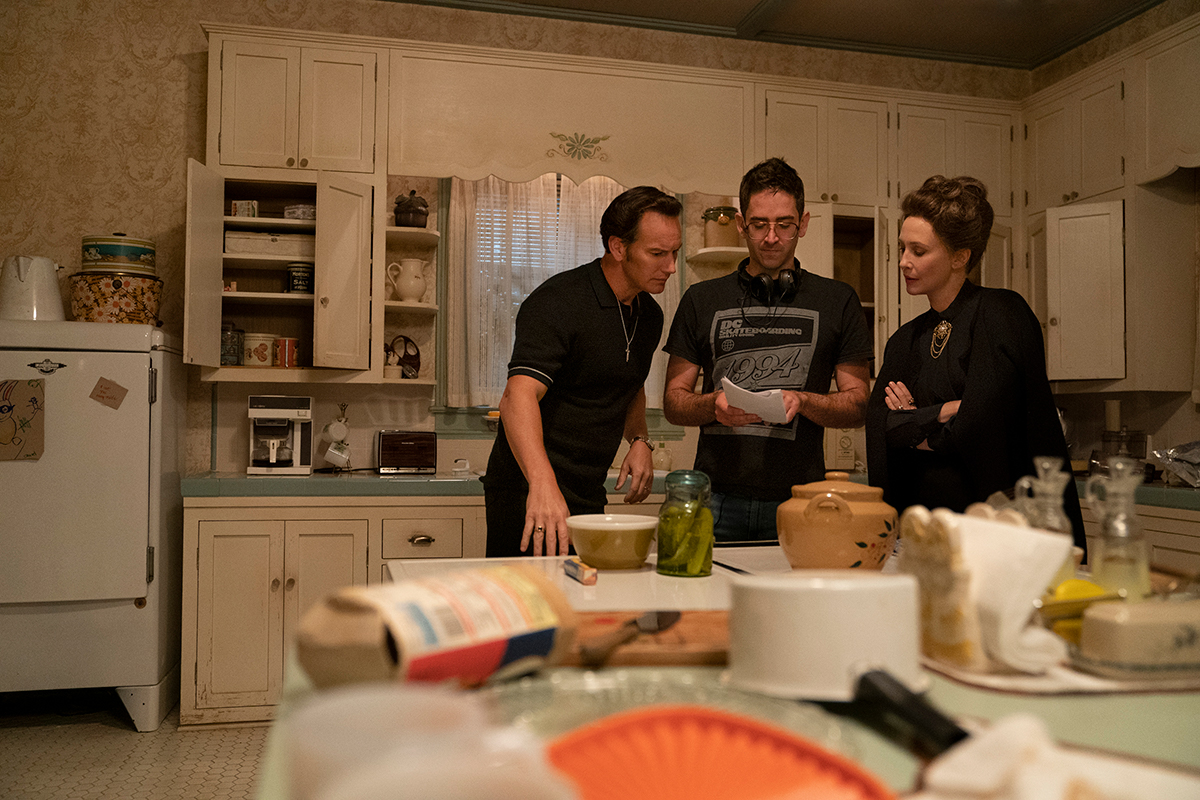
In the haunted house, Ed and Lorraine have always been the authority. They’ve been called in to help because of their expertise. They are not out in the world having to prove themselves to people. In “The Conjuring: The Devil Made Me Do It,” it’s different, because Ed and Lorraine now have to try and convince non-religious skeptics in the courts and the police to help them in order to help Arne.
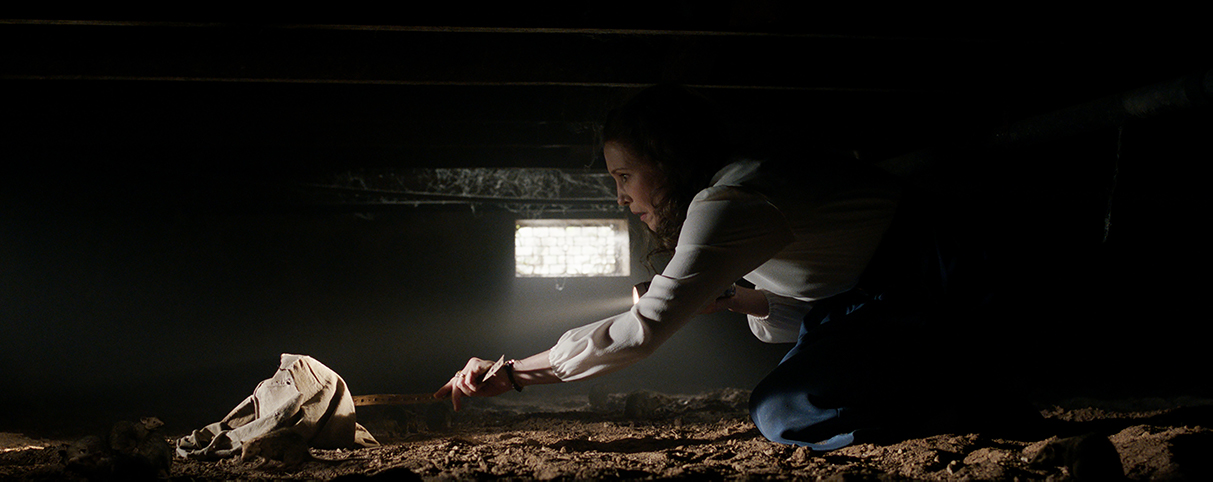
The most significant built set that we see in “The Conjuring: The Devil Made Me Do It” is the Glatzel family home. It is based on the Travis house in Senoia, Georgia, a 1910 Victorian that was ordered out of a lady’s magazine, according to local history. The same home was used in the 1991 film “Fried Green Tomatoes.” From wallpapers and rugs to furniture and curtains, Spence created a maze-like, naturalistic field of greens, blues, wheats and browns, incorporating plant, grass and tree imagery where possible. Everything comes from the earth.
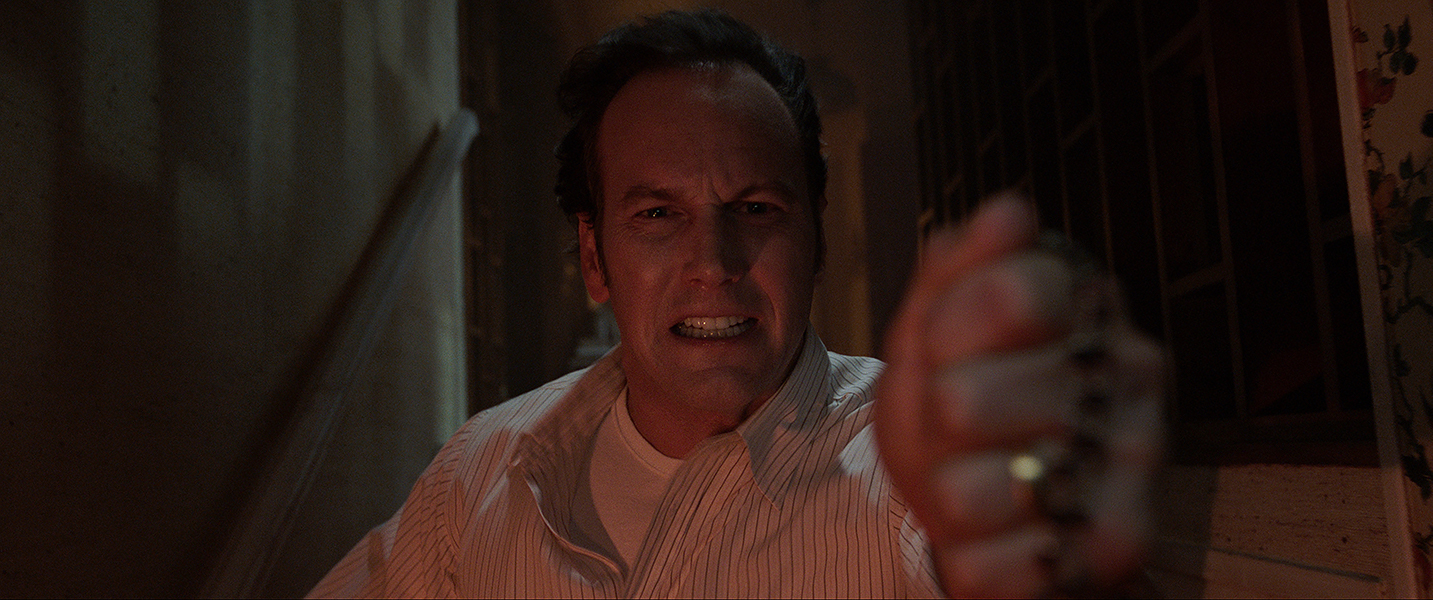
Jennifer Spence is the production design for the film. In the past, Spence has used the color red to invoke the demonic and green to imply infection, but she has chosen sickly hues that are typically distressed. She had to keep reminding her painters on this title to be careful with the aging, so that it didn’t wind up looking like a creepy house. This time around, the gentle color of greens in her palette are meant to evoke innocence.
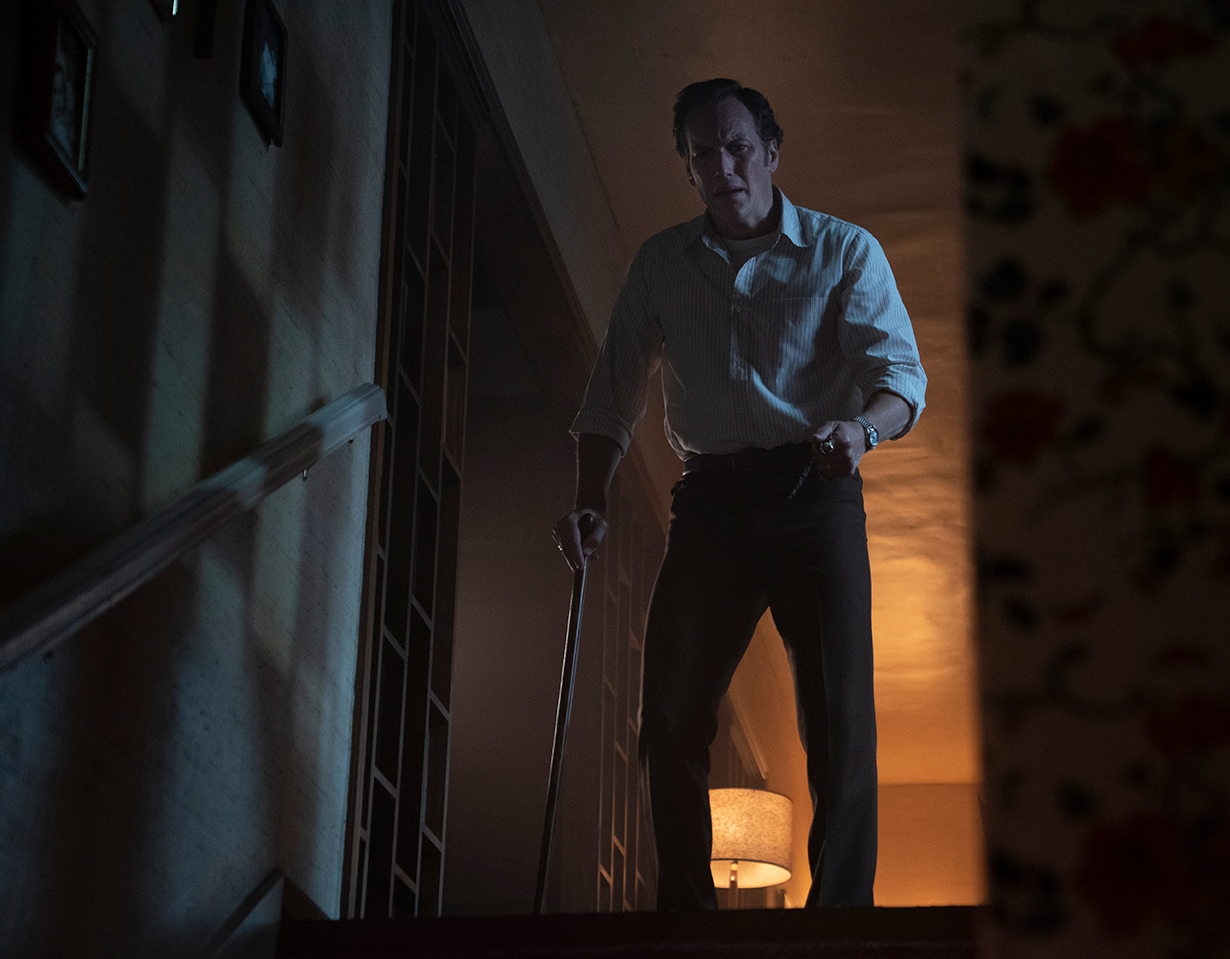
One of the signature sets Spence was tasked with creating for this “Conjuring” installment was a new artifact room…of sorts. When Ed and Lorraine visit Father Kastner, played in the film by John Noble, at the recommendation of Father Gordon, Kastner brings them down into his library in the basement of his home. Not only is it crammed with ancient books of terrible, dark power, it is replete with disturbing and ominous artifacts. Decrepit wood shelves packed with skulls, creepy dolls, crucifixes, talismans, totems, carved figures, chalices, old photos, taxidermy and spell boxes gather dust in Kastner’s gloomy lair.
“When I found out there would be a new artifact room introduced in this story,” Spence remembers, “it kind of freaked me out, because the other one is so iconic.” “It’s like the dark side of the Warrens,” Spence reveals. “It’s more macabre.”
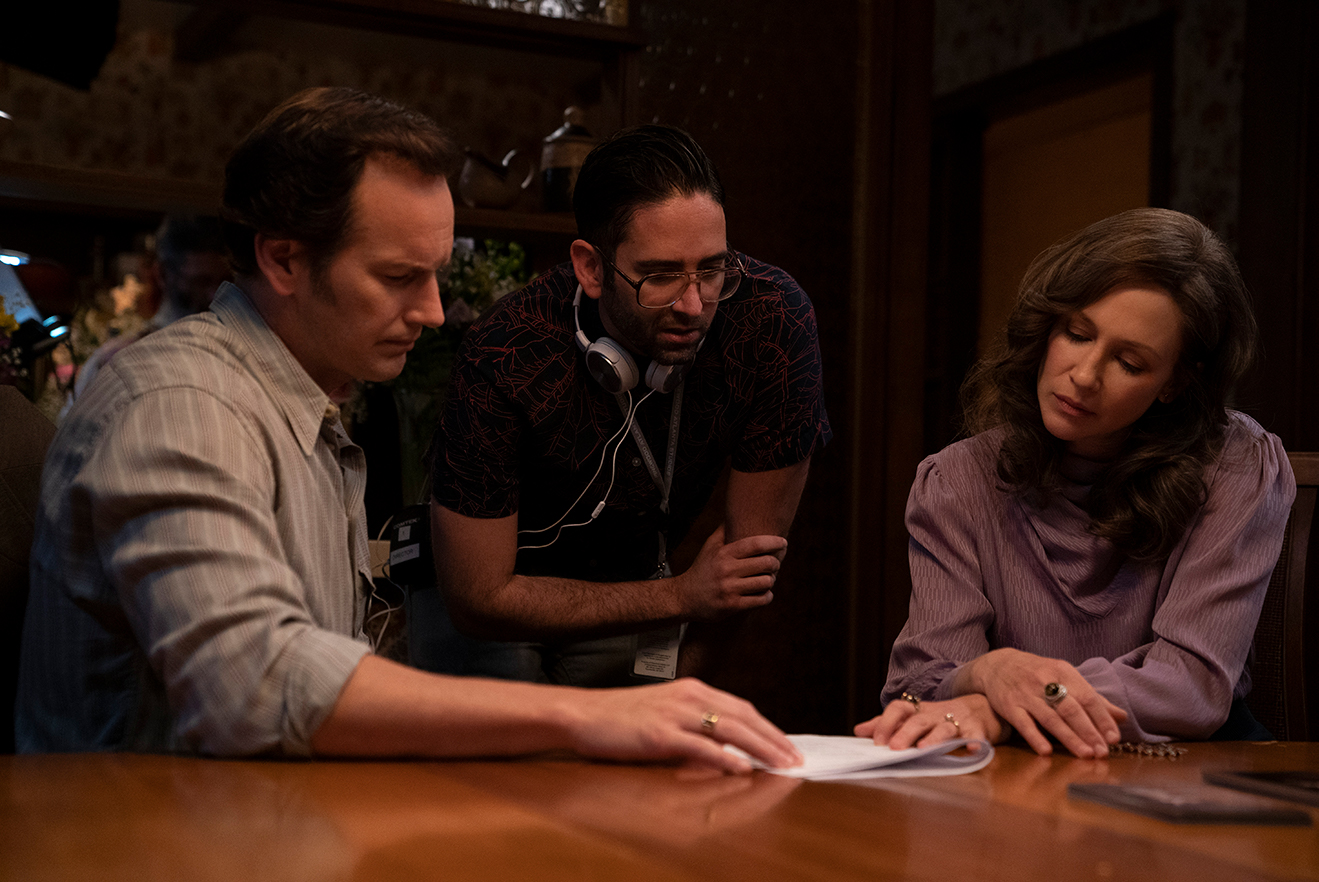
Much of “The Conjuring: The Devil Made Me Do It” was shot at Pinewood Studios Atlanta (now Trilith Studios) in Fayetteville, on stages 9, 15, 16 and 18, where a variety of sets were built, including the Glatzel House Interior, the Warren House interior, tunnels under Kastner’s Farm and the Infinite Hallway, and the cliff edge where Lorraine has a true scare. Production also utilized the studio backlot for some of the forest scene components.
Additional scenes were captured throughout the greater Atlanta area, including Stone Mountain, where scenes in the woods were shot on Indian Island and Washington W. King Bridge doubled as a Connecticut covered bridge. Newnan gave the film three locations, starting with the Coweta County Superior Courthouse substituting as the Danbury Superior Court, where Meryl, Arne’s attorney, attempts to enter a plea of not guilty by reason of demonic possession, as well as the Alamo Theater flashback scene of Ed and Lorraine on their first date, and finally the Old Piedmont Hospital subbed as the Bridgeport Correctional Center and the Palmeri Funeral Home interior. Palmetto provided the site where Arne was working as a tree trimmer, and Griffin the site of Bruno Saul’s Brookfield Boarding Kennels. Starrs Mill in Unincorporated Fayette County stood in for Father Kastner’s farm and library. And the city of Atlanta itself gave the production two locations, with the Cheshire Motel serving as the Bruneau Motel and the Westview Cemetery giving the film its Palmeri Funeral Home exterior.
“The Conjuring: The Devil Made Me Do It” was produced by James Wan and Peter Safran, who have collaborated on all the “Conjuring” Universe films. Chaves directed from a screenplay by David Leslie Johnson-McGoldrick (“The Conjuring 2,” “Aquaman”), story by James Wan & David Leslie Johnson-McGoldrick, based on characters created by Chad Hayes & Carey W. Hayes. Serving as executive producers were Richard Brener, Dave Neustadter, Victoria Palmeri, Michael Clear, Judson Scott and Michelle Morrissey.
In Theaters and HBO Max on June 4, 2021
Discover more from SNAP TASTE
Subscribe to get the latest posts sent to your email.



